Toddler tantrums are a normal part of growing up. They can be tough for parents, but they’re also a chance to teach kids about feelings. Research shows that preschoolers often have tantrums because they don’t know how to say what they feel1.
Ignoring behavioral issues in kids can harm their future. It can affect their school work and even their health later on1. But, there’s good news. Programs like Family Check-Up and Incredible Years have shown they can help. They improve how kids handle their feelings and do better in school1. With the right strategies, parents can help toddlers deal with their emotions and set them up for success.
Key Takeaways
- Toddler tantrums are a normal part of development, and parents can use these moments to teach emotional expression and regulation.
- Untreated behavioral problems in childhood can lead to long-term challenges, but evidence-based programs have proven effective in addressing them.
- Responding to toddler tears and frustrations with empathy and effective strategies can support healthy emotional development.
- Modeling emotional regulation and providing a safe, supportive environment are crucial for helping toddlers manage their feelings.
- Consistency, patience, and a focus on teaching coping skills can help toddlers navigate their emotions and build resilience.
Understanding Normal Toddler Emotional Development
Toddlers feel a wide range of emotions, from happiness to anger. Even though they may not have the words to say, this stage is key for learning to manage anger and control their feelings2.
Between 1-2 years, toddlers start to feel many emotions, like fear and empathy. By 3, they begin to feel guilt and shame, comparing themselves to others3. These ups and downs are a normal part of growing up, and parents are crucial in helping them through it.
Parents can help by encouraging play with kids of all ages. Singing, dancing, and messy play also help toddlers express and understand their feelings3.
It’s important to be empathetic when toddlers have outbursts. By validating their feelings and teaching them how to cope, parents can help them grow emotionally2.
The emotional journey of a toddler is a natural part of their growth. By understanding and embracing these milestones, parents can help their children thrive and build a strong emotional foundation for the future2.
Common Triggers of Toddler Frustration and Tears
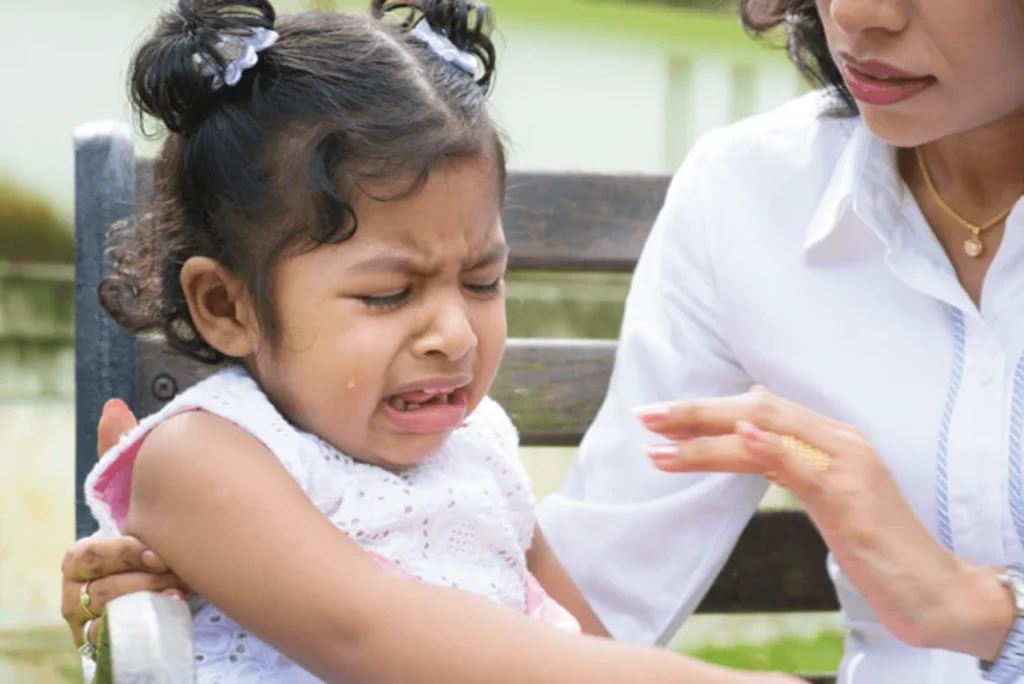
Parenting a toddler is both joyful and challenging. These little ones face the world with big emotions. Understanding what makes them upset can help parents meet their needs better.
Physical Triggers: Hunger and Fatigue
Hunger and tiredness are big reasons for toddler tears. When kids are hungry or tired, they can’t handle their feelings4. Making sure they rest and eat well can stop many tantrums4.
Emotional Triggers: Transitions and Changes
Toddlers love routine, but changes upset them5. Giving them a five-minute warning for changes helps5. Supporting them through these changes builds their strength.
Environmental Triggers: Overstimulation
Noisy or busy places also upset toddlers6. Stress, hunger, tiredness, and too much stimulation make tantrums more likely6. Creating calm spaces helps manage these issues.
| Trigger | Description | Strategies |
|---|---|---|
| Hunger and Fatigue | Toddlers may become overwhelmed and unable to regulate their emotions when they are hungry or tired. | Ensure your toddler gets enough rest and nourishment to prevent meltdowns. |
| Transitions and Changes | Unexpected changes in routine or environment can be distressing for toddlers who thrive on predictability. | Provide advance warning and support your child through transitions to build their coping skills. |
| Overstimulation | Busy, noisy, or overwhelming environments can contribute to toddler frustration and tears. | Be mindful of your child’s sensory needs and provide calming spaces to help mitigate these triggers. |
Knowing what makes toddlers upset helps parents meet their emotional needs. This makes home life better. Learning about toddler emotions helps parents support their kids during these important years4.
The Importance of Validating Your Toddler’s Feelings
It’s key to validate your toddler’s emotions when parenting. By doing so, you make them feel understood and supported. This practice helps in building strong emotional health and a good relationship with your child7.
Validating your child’s feelings shows them that their emotions matter. This can greatly help their development. Children who feel emotionally validated are less likely to have tantrums or struggle with their feelings7.
It also helps them develop emotional intelligence. This is crucial for their psychological growth, as it teaches them to pay attention to their emotions7.
| Benefits of Emotional Validation | Risks of Lack of Validation |
|---|---|
To validate your toddler’s emotions, use phrases that show you get it. For example, “Looks like your drawing is not coming out the way you see it in your mind. This must be important to you. Did I get that right?”8. This makes them feel heard and more open to learning8.
“Acknowledging a child’s feelings can help in regulating emotions, leading to a gradual decrease in problematic behaviors.”8
Validating emotions might not stop all challenging behaviors right away. But, it can make the environment calmer and reduce such behaviors over time. It’s all about being genuine and truly understanding your child’s feelings8.
By focusing on emotional validation, you support your toddler’s growth and strengthen your bond. This powerful technique can greatly improve your child’s emotional health78.
Responding to Tears: Essential First Steps
/
When your toddler cries, it’s important to create a calm space. Find a quiet spot where they can express their feelings safely9. Teach them deep breathing and calming phrases like “I can do it. I can stay calm and patient.”9 This helps them manage their emotions, a key skill for toddlers.
Creating a Safe Space
Make a cozy, quiet area for your toddler to relax. Dim the lights and use soft textures. Remove anything that might upset them. This makes them feel safe as they deal with their feelings. Building respect and equality with your child also helps create a safe space for them to express their emotions.
Using Calming Techniques
10 Crying is a way for toddlers to ask for help, a 2016 study found10. Tears release chemicals that help with pain, as research shows10. A 2015 study also found that crying helps babies sleep better10. Validate their feelings and guide them through calming activities like deep breathing or sensory exercises.
Establishing Physical Connection
Give a hug or hold their hand to make them feel safe9. This physical touch can calm them down and make them feel understood9. The book “CALMS, A Guide to Soothing Your Baby” suggests steps to calm a crying baby, including making contact and mirroring their feelings9.
By making a safe space, using calming techniques, and connecting physically, you help your toddler manage their emotions. This builds important self-regulation skills10. The VA Infant & Toddler Network offers resources and education to improve care for young children10.
Teaching Emotional Vocabulary to Toddlers
Teaching toddlers about emotions is key for their growth. By learning to express their feelings, they can communicate better and build strong relationships. Parental modeling and teaching them new words are important steps.
Begin with simple words like “happy,” “sad,” “angry,” and “frustrated.”11 Show them how these words match with how we feel inside. When they show positive feelings, celebrate it12. This helps them use words instead of acting out.
Grow their vocabulary by reading books about feelings12. Stories that show different emotions can teach a lot13. Ask your child how characters feel, helping them understand emotions better.
Calling out their feelings is another good way12. Saying, “You seem frustrated” helps them know and say their feelings13. This helps them manage their emotions and get along better with others.
Building emotional smarts in toddlers takes time. Be patient and celebrate their progress. With effort, they’ll learn to handle their feelings and connect well with others12.
Building Frustration Tolerance in Young Children
Helping a child deal with frustration is key to their growth. Give toddlers challenges and activities that help them solve problems. This builds their strength and skills for life14.
Age-Appropriate Challenges
Give your child small challenges, like puzzles or zipping bags. Don’t solve their problems right away. Instead, support and encourage them. This teaches them to keep trying and shows them they can handle challenges14.
Problem-Solving Activities
Playing cooperative board games helps kids handle frustration14. Games like Peaceable Kingdom Race to the Treasure! and Hoot Owl Hoot teach kids to take turns and accept losing. These games improve problem-solving, teamwork, and managing feelings.
It’s important to find the right balance. Support your child but also let them solve problems on their own. This builds their frustration tolerance, problem-solving skills, and child development for the future.
“Persistence in tasks at 12 months predicted better scores on cognitive tests at 30 months.” – National Institute of Health study15
By giving your toddler the right challenges and support, you help them face frustrations. This prepares them for success in the long run14.
The Power of Modeling Emotional Regulation
As parents, we have a big impact on our kids’ emotional growth. Kids learn how to handle their feelings by watching. By showing them how to deal with frustration calmly, we teach them important skills16.
It’s key to show our kids how to handle tough emotions. For example, saying, “I’m feeling frustrated, so I’m going to take a break,” teaches them how to handle hard situations17.
Learning to manage emotions is a vital skill. It helps people keep good relationships and feel better overall17. By showing them how, we help our kids deal with their feelings better17.
| Parental Influence on Child Behavior | Positive Modeling | Negative Modeling |
|---|---|---|
| Emotional Regulation | Parents show healthy ways to cope, like deep breathing and calm talking. | Parents have big emotional outbursts or bad ways to deal with stress, which kids might copy. |
| Social Skills | Parents teach kids how to talk well, solve problems, and make friends. | Parents fight or act out in a way that’s not good for relationships. |
| Problem-Solving | Parents help kids solve problems calmly and think things through. | Parents get too stressed or act on impulse, which makes it hard for kids to solve problems. |
By always showing emotional control, we give our kids the tools to handle their feelings1617.
Our kids soak up everything we do and say. Let’s make sure we show them a good way to manage their emotions. This will help them be strong and resilient for life1617.
Setting Consistent Boundaries and Consequences
It’s important to have clear family rules and stick to them. When your toddler misbehaves, giving them a fair consequence helps them learn. For instance, a time-out or losing a privilege can teach them a lesson18.
Don’t overreact or be too strict. This can confuse your child and make it hard for them to learn. Explain why they’re getting a consequence, like saying, “You’re getting a time-out because you threw the plate.”
Creating Clear Rules
Make rules with your toddler that fit their age and are easy for everyone to understand18. Letting them help make the rules makes them feel more responsible18. It’s also important to be firm with your child early on to teach them discipline.
Following Through with Discipline
If your toddler breaks a rule, you must follow through with the consequence18. This shows them how their actions affect the outcome, teaching them self-discipline18. It might be tough, but setting firm limits helps them grow.
Consistent discipline strategies, behavior management, and parenting consistency are vital for your toddler’s growth. By setting clear rules and following through, you guide them towards better behavior. This creates a safe and loving environment for them.
When to Step Back: Allowing Natural Learning
As parents, we often want to help our toddlers when they cry and get upset. But sometimes, letting them deal with things on their own can help them grow more in the long run19.
If a child doesn’t want to eat dinner and then gets hungry, not giving them more food can teach them a lesson. This helps them become more independent and responsible19. It also lets them learn to handle their feelings and emotions better19.
This method needs careful thought and a balanced way of parenting19. We should still show empathy and support as they go through tough times19. Helping them through these moments helps them learn and become stronger19.
Letting children face consequences doesn’t mean we’re leaving them alone. It’s about finding the right balance between giving them space and being there for them19. By letting them handle their feelings, we help them grow and become independent19.
Incorporating Play-Based Coping Strategies
Play-based activities are great for helping toddlers deal with frustration and strong emotions. Play therapy and other child-centered activities are fun ways for kids to learn and control their feelings20.
Cooperative board games are especially good. They teach kids to take turns and follow rules. Games like Chutes and Ladders or strategy games like Battleship for older kids help kids learn to handle frustration20. These games also improve important skills like impulse control and problem-solving20.
| Coping Strategy | Benefits |
|---|---|
| Physical Activities | Promote self-regulation, stress relief, and emotional expression |
| Sensory Tools (e.g., fidgets, water play) | Support sensory processing, anxiety reduction, and calming |
| Communication Methods (e.g., feeling charts, journaling) | Enhance emotional awareness, self-expression, and problem-solving |
Using different child-centered activities and play-based coping strategies helps your toddler learn to handle frustration and strong emotions20. Make sure it’s fun and engaging for your child to learn and grow through play20.
“Coping flexibility, dependent on modifying coping strategies based on the context, is essential and can be influenced by executive functioning challenges.”20
By teaching your toddler to manage their emotions, you help them build resilience20. Emotional development is a journey you can take together. Play-based activities make it a fun and rewarding experience for both of you20.
Signs That Professional Help May Be Needed
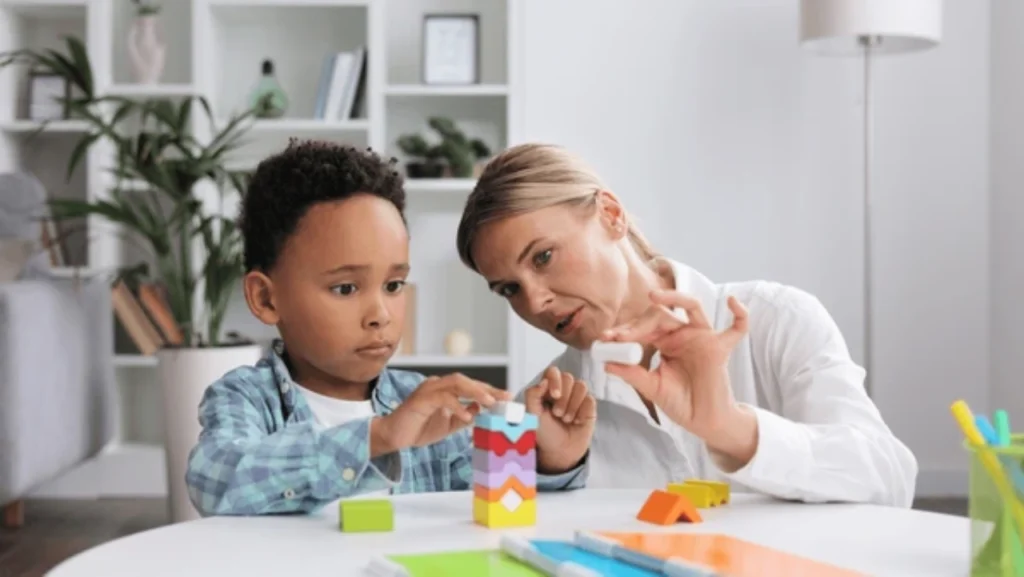
While it’s normal for kids to have outbursts sometimes, if it keeps happening, it might be time for child therapy. Watch for signs that your toddler needs more help with behavioral concerns. Traumatic events can make kids feel anxious, sad, or angry21. Most kids get better over time, but some might develop PTSD21.
Look out for patterns like daily tantrums over small things or if you’re changing your life a lot for your child. Signs they might need help include worrying a lot, crying often, trouble thinking, and nightmares21. Physical signs include headaches, stomach pain, trouble sleeping, a fast heart, and being easily scared21.
If your child’s behavior doesn’t change for weeks, it’s time to get help from mental health experts or parent training programs. Kids with a history of mental health issues, trauma, stress, or lack of support might have worse symptoms21. Trauma can lead to panic, depression, substance use, and suicidal thoughts21.
In emergencies, call 911 for help21. Ongoing stress can cause emotional and psychological trauma, like living in a dangerous area, dealing with a serious illness, or facing bullying or domestic violence22. Childhood trauma can have lasting effects, especially if it makes a child feel unsafe, like living in an unstable home, being separated from a parent, or having a serious illness22.
Trauma symptoms usually last a few days to months, fading as you process the event22. If symptoms don’t get better or get worse, it might be PTSD22. Exercise, like walking or dancing, can help fix the nervous system affected by trauma22. Talking to people and keeping relationships can help heal from trauma22. Techniques like mindful breathing and sensory input can calm the nervous system and reduce anxiety from trauma22.
“Seeking professional help is a sign of strength, not weakness. It’s about prioritizing your child’s well-being and setting them up for long-term success.”
Parent Self-Care While Managing Toddler Emotions
Dealing with a toddler’s emotions can be very tough for parents. It’s key to take care of yourself while focusing on your child. Research shows that children who feel secure with their parents can manage their feelings better23. This shows why parents need to stay calm too.
Make time for stress-reducing activities like deep breathing24. If you’re feeling too much, take a short break. Learning to handle your own frustration is important23. Don’t hesitate to ask for help from other parents or experts to keep your family balanced.
Self-care for parents is not just nice; it’s essential. Taking care of yourself helps you handle your toddler’s feelings better. Kids learn from what they see their parents do, not just what they say23. By focusing on your own self-care24, you’ll improve your family’s happiness.
FAQ
What are the normal emotional stages of toddler development?
What are common triggers for toddler frustration and tantrums?
Why is it important to validate a child’s feelings before correcting behavior?
What are some effective strategies for responding to toddler tears and tantrums?
How can parents help toddlers develop emotional vocabulary and regulation?
What are some ways to build frustration tolerance in young children?
When should parents seek professional help for their child’s behavior?
How can parents prioritize self-care while managing toddler emotions?
Source Links
- Here’s advice from psychologists on how to help kids cope with anger and frustration
- Why More Tears Are the Answer to Your Child’s Emotional Well-Being – Raised Good
- Emotions and play: toddlers
- Temper Tantrums (for Parents)
- When to Worry about Toddler Temper Tantrums
- Tantrums: why they happen and how to respond
- Validating Your Child’s Feelings: the How’s and Why’s
- Validating Feelings Isn’t Working – Janet Lansbury
- Take a CALMS Approach to Your Crying Baby – Regarding Baby
- Crying Helps: How Tears Support Emotional Development – VAITSN
- Building your Child’s Emotional Vocabulary – Nduoma
- 5 Fun Ways to Support Emotional Vocabulary – The OT Toolbox
- 9 Proven Ways to Build Frustration Tolerance in Kids
- 11 ways to build your toddler’s frustration tolerance | Lovevery
- Conceptualizing Emotion Regulation and Coregulation as Family-Level Phenomena
- Emotional Regulation: Understanding and Harnessing the Power of Emotions
- Setting Limits with Difficult Kids | Empowering Parents
- This Train Analogy Will Completely Change How You See Your Crying Child
- Coping Strategies for Kids – The OT Toolbox
- Coping With Traumatic Events
- Emotional and Psychological Trauma – HelpGuide.org
- How to help kids understand and manage their emotions
- Six Ways to Respond to Your Kids’ Big Feelings



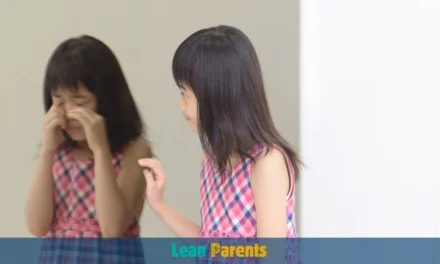
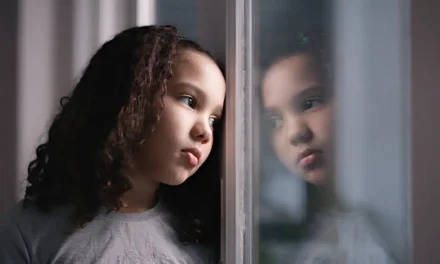
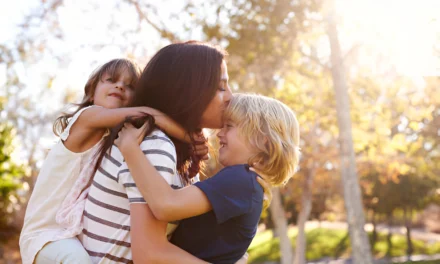
Trackbacks/Pingbacks